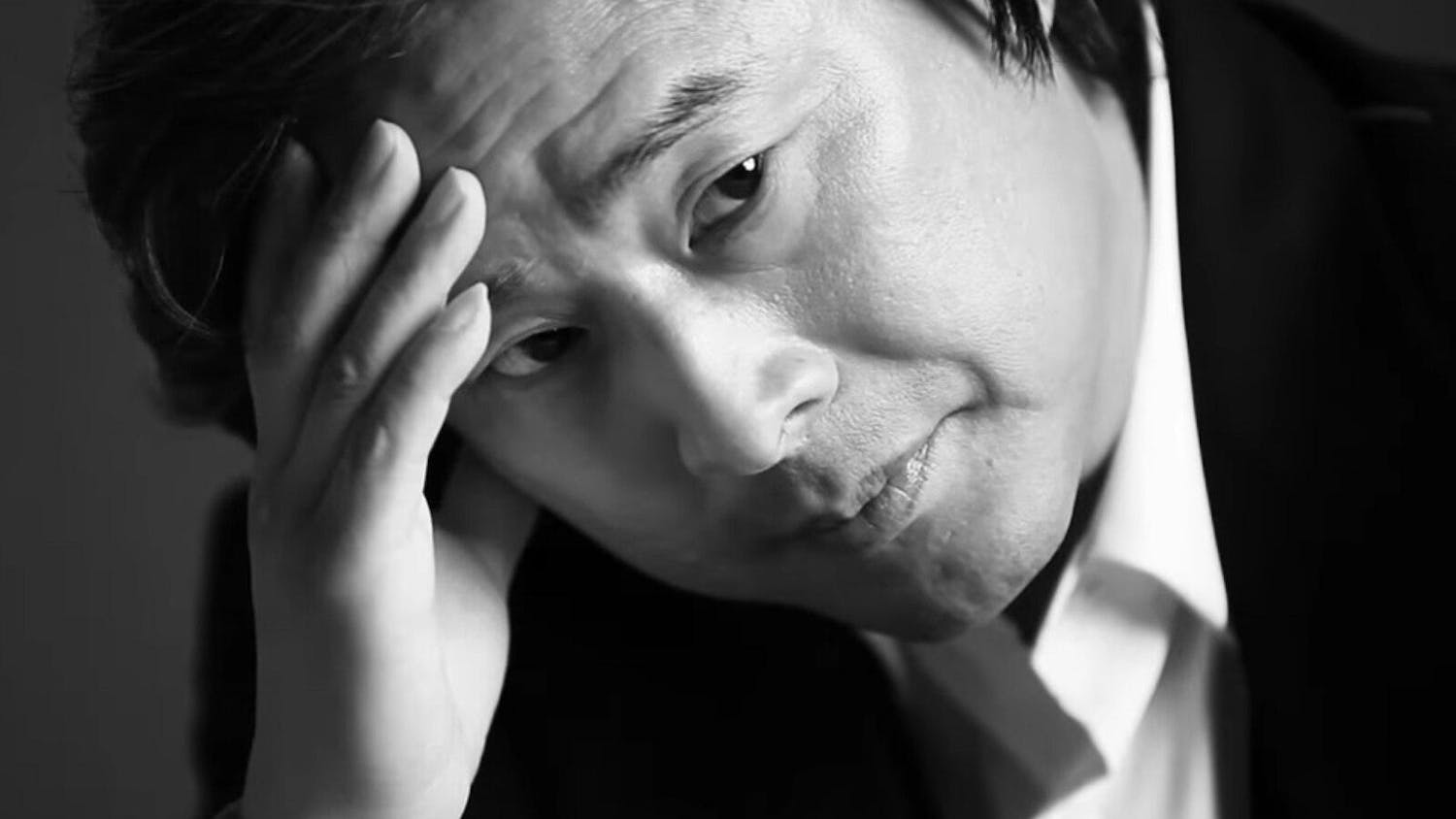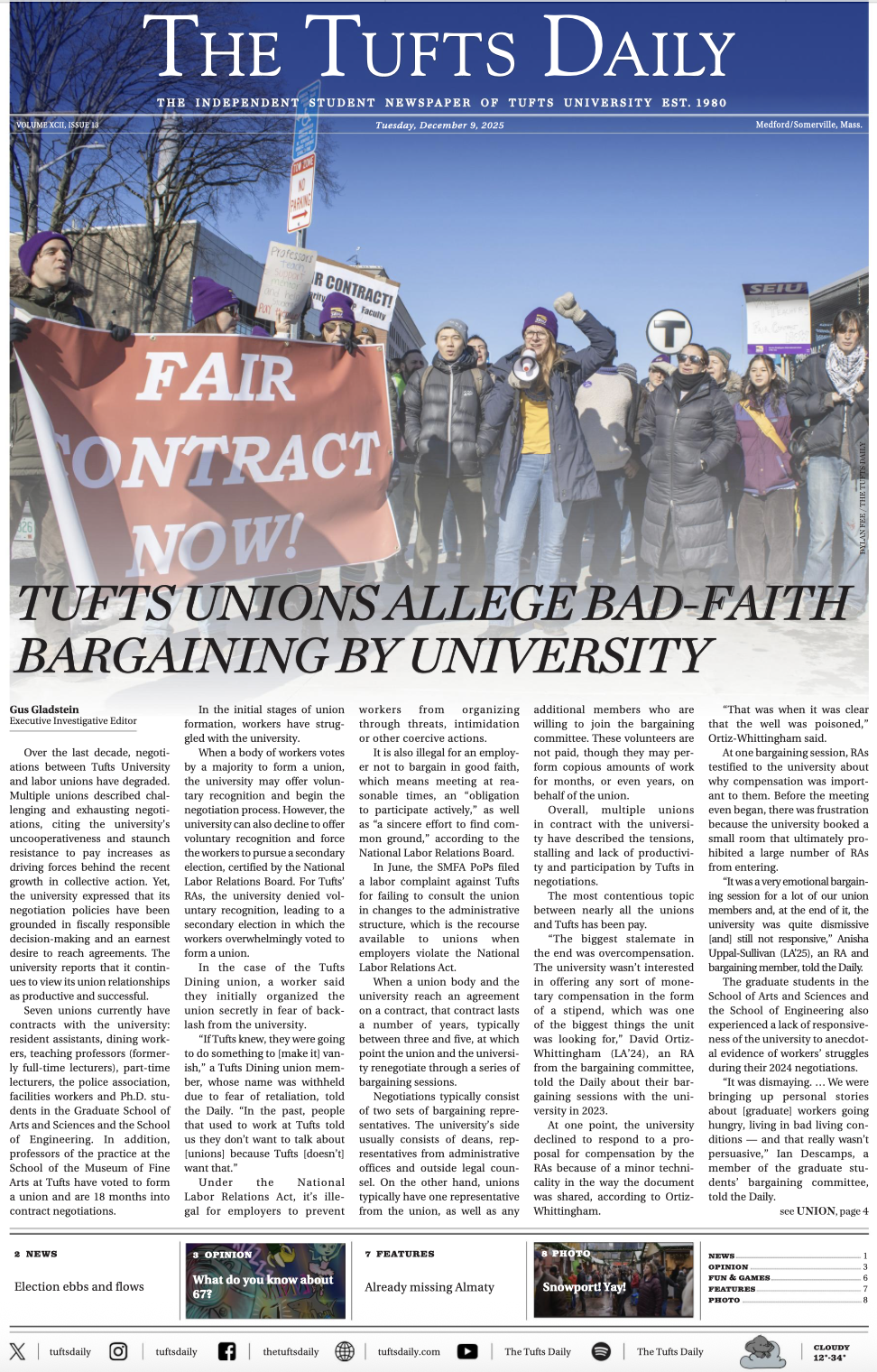"The New World" marks the triumphant return of director Terrence Malick, who, after a seven-year absence, has delivered one of the most impressive films of the past year.
Though perhaps too long for his fans, Malick's most recent hiatus was shorter than the 20 years that passed between 1978's "Days of Heaven" and 1998's "The Thin Red Line." Stylistically, "The New World" is a continuation of the latter. Though the film may not be accessible to the average movie-goer, it carries tremendous rewards for viewers in the mood for something artistic.
"The New World" is a retelling of the story of Pocahontas and John Smith, portrayed by newcomer Q'Orianka Kilcher and Colin Farrell, respectively. The film begins with the founding of Jamestown and continues through the Smith-Pocahontas relationship, the conflict between the English settlers and the Powhatan Indians, and Pocahontas' eventual marriage to John Rolfe (Christian Bale). However, such a summary only scratches the surface of the film.
The relationship between man and nature is the unmistakable driving force of the work. When John Smith first travels to the natives' camp, Malick depicts the Powhatans as a tribe that exists in harmony with their surroundings. After spending an extensive amount of time with the natives, Smith returns to the English settlement in a scene that is visually jarring as the palette moves from lush greens to shades of brown.
The English outpost is a fort sinking into the mud, confined by looming log walls. In contrast to the Powhatans, the English settlers seek to shut themselves off from nature rather than embrace it. As such, they are unable to thrive in the new world.
Pocahontas' eventual journey to England enhances this disparity. One of the film's most effective moments has a Powhatan, Opechancanough (Wes Studi), wandering through London's royal gardens. To him, the topiary designs are artificial and alien, which illustrates how men have endeavored to recreate nature while denying themselves the authentic experience.
However, the film is not just a meditation on the natural world; Malick uses the love story of Pocahontas and Smith to explore the meeting of two very different civilizations. The fact that the title is "The New World" is only one indication that Malick has structured his film so that viewers automatically begin by identifying with the English.
Nevertheless, as the film progresses, Malick invests effort to convey the experiences of native life. The sequences he films are effective enough that viewers will find the experiences of the settlers to be the more foreign of the two.
The meetings between the cultures evoke a range of emotions from wonder to fear. As relations between the groups break down, the results are tragic. The relationship between the characters of Smith and Pocahontas represents the idyllic middle ground between the civilizations. Their relationship is a demonstration of understanding that, unfortunately, seems lost on those around them.
The film is also successful in its more tangible qualities. The editing is economical, skipping from moment to moment without a traditional set-up and conclusion for each scene. This technique is not disruptive in the MTV sense, but thoughtful, and it allows Malick to include an impressive number of images and emotional moments.
The film's music, scored by James Horner and borrowing pieces from Wagner, Mozart and others, is evocative and complements the on-screen action. Particularly gratifying is the fact that Horner clearly understands Malick's intentions, and his contributions add a welcome serenity to the film.
Q'Orianka Kilcher deserves special mention in her impressive performance as Pocahontas. Kilcher communicates a maturity well beyond her age (14 at the time of filming) with an energy that brings her character alive. Kilcher eventually becomes the heart of the film and holds the screen well on her own.
"The New World" has two minor flaws: First, Colin Farrell, despite delivering a strong performance, falls victim to "Last Samurai"-itis in that he is too recognizable a personality to truly disappear into the character of Smith.
Second, the voice-overs used throughout the film are at times more pedestrian than insightful and may strike some viewers as pretentious.
Despite their weakness in content, however, these voiceovers fit well into the mood of the film. Combined with the lyrical pacing and editing, the voiceovers prove that Malick is a director who can successfully realize poetry in a visual medium.
Overall, these flaws do not diminish the emotional impact one feels by the time the end credits roll; to make too much of them would be a disservice to the film.
Even among the handful of strong releases currently in theaters, "The New World" is a must-see. At its core, it is what cinema should be: A visual work of art that succeeds in arousing a strong emotional reaction. Viewers can rejoice over the fact that this film is now seeing wide release, and one won't have to search far and wide for an obscure theater in order to experience Malick's vision.
Note: This reviewer saw the unedited version of "The New World," which had 16 minutes of footage more than the version now in theaters.





